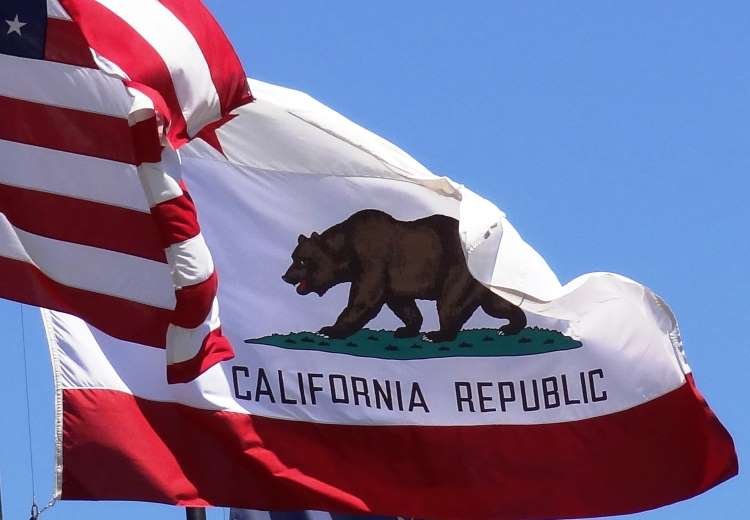The California "Middle Class Tax Refund" Will Be Paid Out in October 2022 through January 2023
/The State of California will be issuing tax refunds totaling about $9.5 billion to approximately 23 million Californians starting mid-October through mid-January 2023. This refund is called the Middle Class Tax Refund and was included in the $308 billion California state budget for the fiscal year July 1, 2022 through June 30, 2023.
The Middle Class Tax Refund payout will be as much as $1,050 per household, based on 2020 California “adjusted gross income” (CA AGI) on your tax return.
Qualifications:
Must have filed your 2020 tax return by October 15, 2021
Must have CA AGI that falls below certain parameters (shown below)
Have been a CA resident for at least 6 months in 2020
Was not eligible to be claimed as a dependent in 2020
Must be a CA resident on the date the payment is issued
Payment Amounts on Married Filing Joint Tax Returns:
CA AGI $150,000 or less: $1050 with dependent; $700 without dependent
CA AGI $150,001 to $250,000: $750 with dependent; $500 without dependent
CA AGI $250,001 to $500,000: $600 with dependent; $400 without dependent
(So let me get this straight. Our government is going to cut a check for $400 to a couple without kids who earned $500,000 in 2020. Mastro’s is going to be busy!)
Payment Amounts on Head of Household Tax Returns:
CA AGI $150,000 or less: $700 with dependent; $350 without dependent
CA AGI $150,001 to $250,000: $500 with dependent; $250 without dependent
CA AGI $250,001 to $500,000: $400 with dependent; $200 without dependent
Payment Amounts on Single and Married Filing Separate Tax Returns:
CA AGI $75,000 or less: $700 with dependent; $350 without dependent
CA AGI $75,001 to $125,000: $500 with dependent; $250 without dependent
CA AGI $125,001 to $250,000: $400 with dependent; $200 without dependent
How Payments Will Be Received
If you filed electrically and used the direct deposit option on your return (assuming you had a refund), your payment will be received by direct deposit.
Otherwise you’ll be paid via debit card.
For more information, visit the Franchise Tax Board “Middle Class Tax Refund” page at taxrefund.ca.gov.
Questions That Come to Mind (that are not addressed by the Franchise Tax Board):
What happens if your banking information changed since then? Don’t know for sure but I suspect the payment would bounce and they would send you a debit card.
What happens if your filing status changed from 2020 to today? For example, I was married in 2020 and filed jointly but am single and available (hint hint) today in 2022? Who gets our $1,050 (married, one dependent)? Me or my ex-spouse? Good question. No idea. The FTB did not provide alternative scenarios, so I’d imagine the primary spouse on the return will receive the payment.. You might have to track down the ex for your half.
I was single in 2020 but am married today with a toddler. How much do I get? The FTB bases the payment on your filing status in 2020, so both you and your spouse will receive payments, if any, based on that.
What happens if I lose the gift card? Well, you’ll have to bring that up with the FTB. Good luck! Best advice - don’t lose it.
I didn’t file a tax return in 2020 because my gross income and CA AGI were less than the filing requirements published by the Franchise Tax Board. Otherwise, I met all the other requirements for the refund. How can I get it? Unless the FTB amends its initial rules to address your situation, it appears you are out of luck. But visit the taxrefund.ca.gov website for possible updates.
I made $17.50 an hour at The Taco Shack in 2020 and will receive a $350 refund. My brother George pulled down $250,000 in 2020 as VP of Stuff at Bookoo Bucko, Inc. and will receive $200. How is that fair? Does that make any sense? Pretty much no, but let’s look at it in a different way. You’re getting 20 hours’ pay. George is only getting a couple hours’ pay. Feel better now?
I think this whole thing is stupid. The entire $9.5 billion should be used to fund nine desalinization plants along the California coast. How do I tell them to keep the money as I think this is a waste? I don’t think there’s a mechanism in place to not take the refund. But if it’s burning a hole in your pocket, hit the CVG Tip Jar at bit.ly/SupportCVG!






